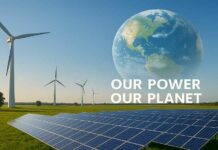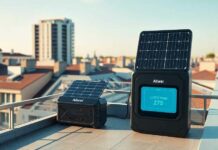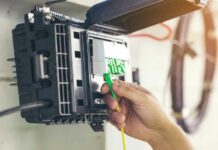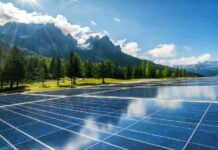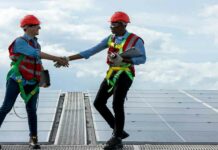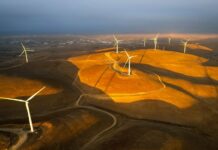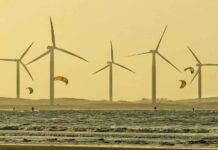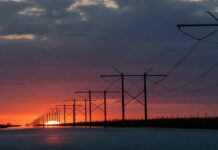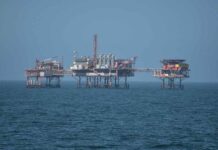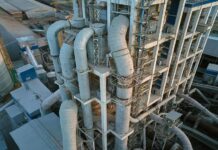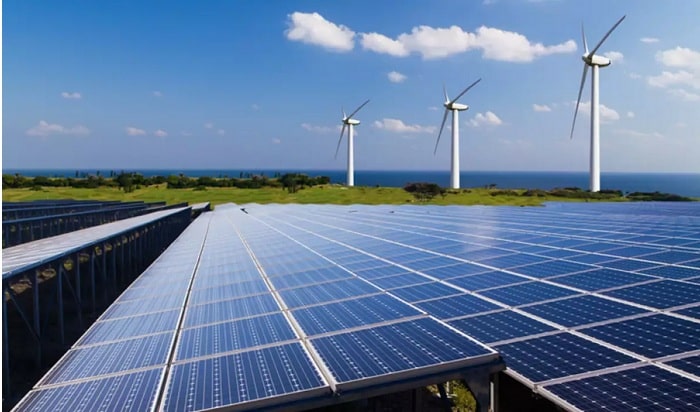Amp Energy’s Australian operating company, Amp Power Australia, is set to establish a portfolio of integrated solar photovoltaic (PV), wind and battery energy storage (BESS) assets.
The Renewable Energy Hub of South Australia (REHSA) will involve a total investment of more than A$2bn ($1.54bn).
Amp Power has acquired the portfolio, which comprises three solar PV projects with a total capacity of more than 1.3GW, from EPS in order to feed the energy hub.
The solar projects are located at Robertstown (636MW), Bungama (336MW) and Yoorndoo Ilga (388MW) and have a total BESS capacity of up to 540MW across the portfolio.
The company has secured development approvals and land for the Robertstown and Bungama projects, which are expected to begin staged energisation late next year.
The projects will create nearly 550 full-time construction jobs. Once operational, they will generate enough clean energy to power 230,000 homes a year.
REHSA will also include the Spencer Gulf Hydrogen Energy Ecoplex, forming part of the South Australian Government’s Hydrogen Action Plan.
The strategic portfolio establishment is expected to further strengthen Amp Energy’s presence in Australia. Its portfolio currently includes 158MW of solar PV assets, either operating or under construction, in New South Wales.
Amp Power Australia executive vice-president and head Dean Cooper said: “The strategic value of the South Australian portfolio is significant in a jurisdiction that is undergoing one of the most rapid energy transitions in the world.”
In another development, EnergyAustralia has announced the expansion of its existing Tallawarra power station in the Illawarra region after reaching an agreement with the Government of New South Wales.
The power station, with a capacity of more than 300MW, will power homes and businesses in the state.
The facility will be designed to run on a mix of green hydrogen and natural gas and have the capacity to power around 150,000 homes.
During the construction phase, the project is expected to create 250 jobs and contribute A$300m ($232m) to the economy.



